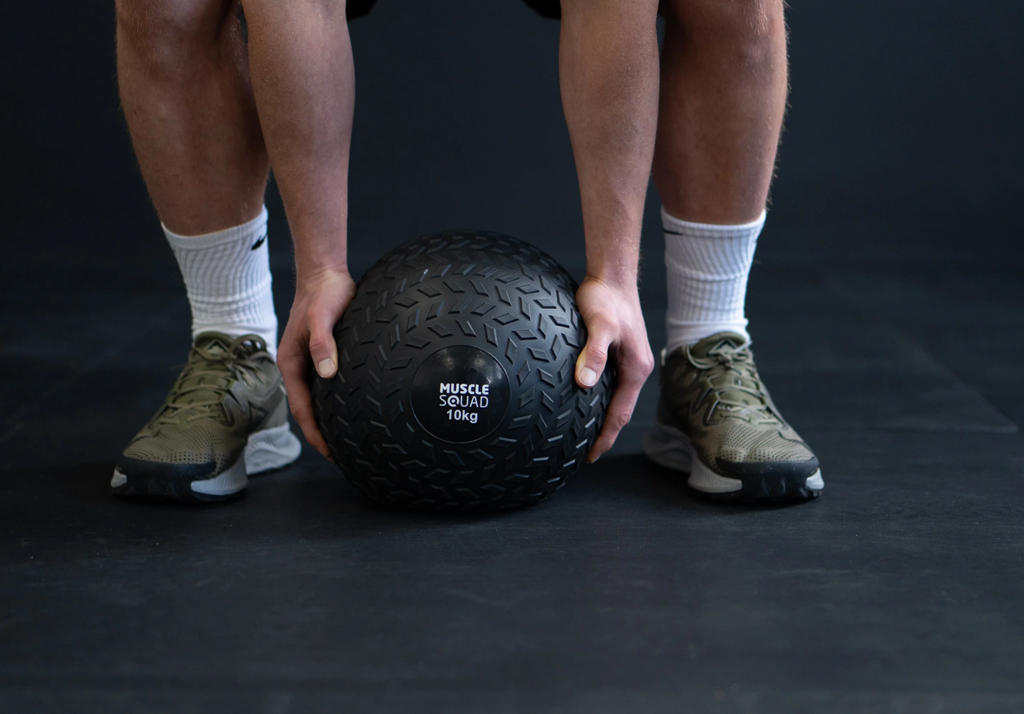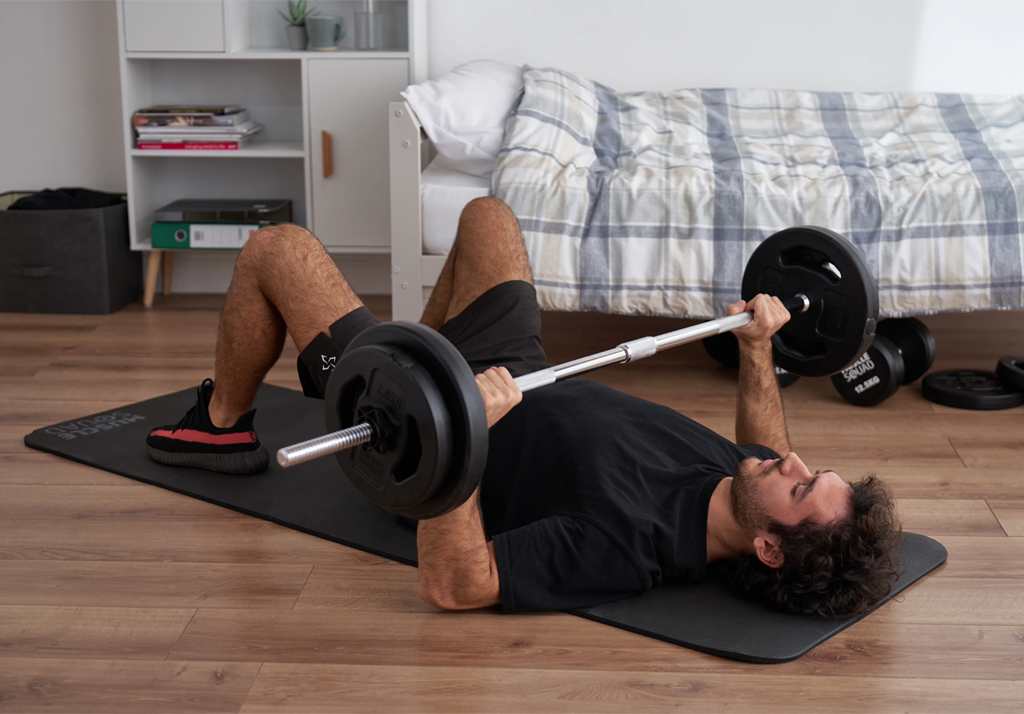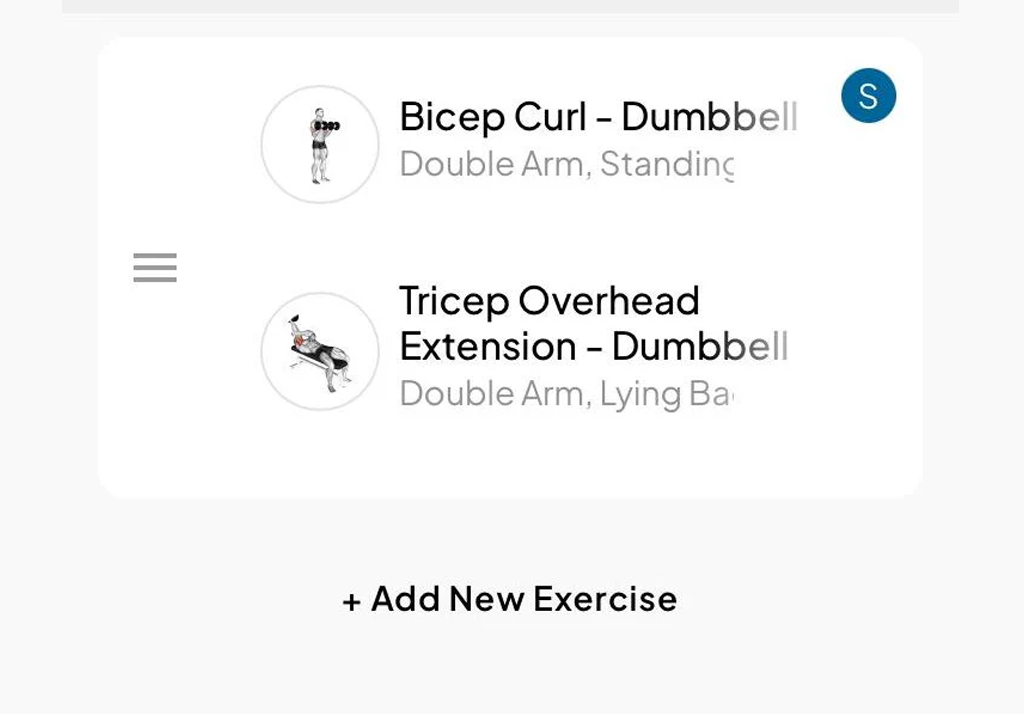Andy Champ is a renowned gym owner and pro powerlifter. With experience as a rugby player, Andy went on to compete and win in the British Championships of powerlifting in his first year. He’s also gone on to win a silver medal in the European Bench Press Single lift Championships. If there’s one piece of equipment to get you as fit and able as Andy is as a powerlifter, it’s the squat rack!
Benefits of a Home Gym Squat Rack to a Power Lifter
Powerlifters often work in compound sets – for example, you may work over a 10-set period with multiple breaks and rests in between. Through the use of a home gym squat rack, you can complete these compound sets with ease.
Using a squat rack in your home or garage gym will save you from having to block out a rack in the gym for over an hour at a time and allow you to obtain the most effective workout possible achieved.
How to Squat
The main thing that people struggle with when squatting is depth. To remedy this, you should pay close attention to your hip crease, which should end up being below the knee – not parallel! By practising maintaining this position before you attempt a squat, you can ensure that you are ready for when you lift.
The next important thing to remember is that you must maintain your position. Once you're in the squat position, you can't move your feet. All that's permissible is gently rocking but no movement. Be sure to take your time, so you don't accidentally move your feet after the start command.
You should also take due care not to rack before your command. Don’t feel the need to re-rack super-fast – come back to the top and give yourself a second before racking and be sure to listen out for the squatting commands. By following all of these steps, you’ll be on your way to lifting like a Pro Powerlifter.
How to Bench Press
Using your squat rack for a bench press is another essential way to get the most use out of it for powerlifters. As with squatting, one of the most important aspects of the bench press is your positioning.
Ensure that your feet are flat and that your bum, shoulders, and head are in contact with the bench at all times. You also need to make sure your power bar rings are 81cm apart – be sure that your hands are no further apart from the rings than having your index finger covering the ring. This will allow even a shorter person to get good movement. Your thumbs should be placed under the bar and around when taking the bar. Unrack the bar and take it down, ensuring it's in a static position.
One of the major slip-ups people make with the bench press is jumping the press command. As with squatting, following commands is essential to ensure that you are performing the exercise correctly. To avoid getting a red light for speeding up, make sure to wait for your orders. Training your pause is a possibility, but that could be caused by back tension.
You want to make sure you maintain back tension – always remember that equipped lifters have plenty more tension than powerlifters in classic lifting, but it's still necessary for powerlifting. Coming down too quickly will cause you to lose back tension, and you can cave your position and lose support. Make sure you lift your chest to the bar and use maximum effort to give yourself the most control possible.
Make sure to maintain an eye on the downward movement of your bar too. Many people tend to train too heavy and find a sticking point. If you've found yourself locating a sticking point, a solution is necessary – we'll produce plenty of content in the future to remedy this! If you lose tension and then push, it will be considered a failure, and if the bar goes back down, then the exercise is also a failure.
The final point to touch on is that you should train to account for your racking time. After working out with maximum effort, you will want to rack quickly, but you must wait for the rack command to do so. It's always a great idea to do this for reps in your training to create good standards for your lifting.
How To Deadlift
The good news is that deadlifts have a lot fewer technicalities and extra details than squatting and bench press. However, this doesn't mean that deadlifts are free from common slip-ups. Plenty of red flags need to be ironed out when training like a pro powerlifter with your squat rack.
The main issue people slip up on time and time again with deadlifting is hitching. Hitching is the act of resting your bar on your thighs – if you do this, it's considered a failure. In the gym or a strong lifting event, resting the bar on your thighs is acceptable, but not in powerlifting. You are allowed to stop the bar at the point of struggle during your lift, but don't let it rest on the thighs.
The second fundamental issue we see with deadlifts is letting go of the bar. To ensure a successful deadlift to powerlifting standards, you should always make sure that your bar is controlled both on the way up and back down. This means making sure that the bar is maintained all the way to the floor.
To ensure a successful deadlift, you must ensure your bar doesn't travel downward before the final position. People often forget about this fact since one side of the barbell can dip down when it comes to bench press, and it will still be considered a good lift. This is not the case with deadlifting. If you find yourself struggling during this phase, you’re allowed to stop the bar halfway through the motion, but in no circumstances can it go down.
Make sure to stand erect with your shoulders back. The final position of your torso should be straight to the floor. You should lock your hips and knees, and your shoulder blades should be retracted, avoiding having them rounded forward.
You should also make sure your knees are straight at the end of the movement - you can do this by flexing your quads and forcing your knees into extension – sometimes, difficulty in knee straightening is caused by leaning too far back with the torso.
Conclusion
Having a squat rack at your disposal in your home gym is a fantastic way to practice long compound sets and get yourself ready for a pro powerlifting competition.
Always remember that powerlifting is a strict and specific regiment. Whether you're performing a bench press, deadlift, or squat, always make sure to follow your commands and maintain the correct positions, even during practice. This will set you up with the perfect foundation to work out using pro powerlifting techniques from the ease of your home or garage.
By following all the steps above, you will ensure that you are powerlifting properly and safely.

 Aug 30, 2022 - Chris Billingham
Aug 30, 2022 - Chris Billingham






Leave a comment: